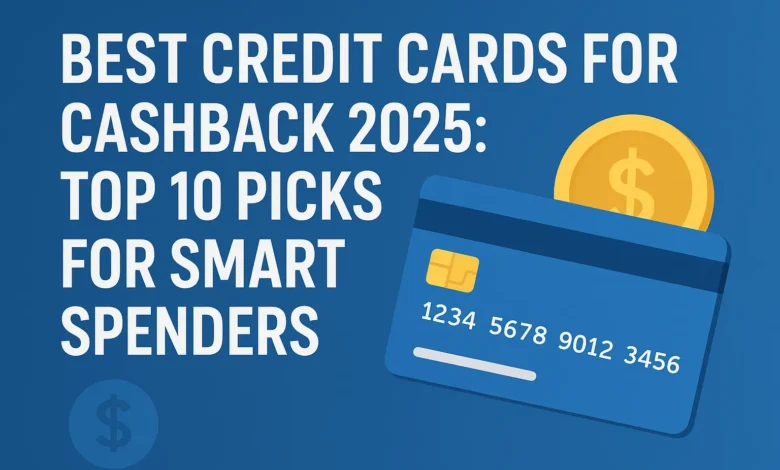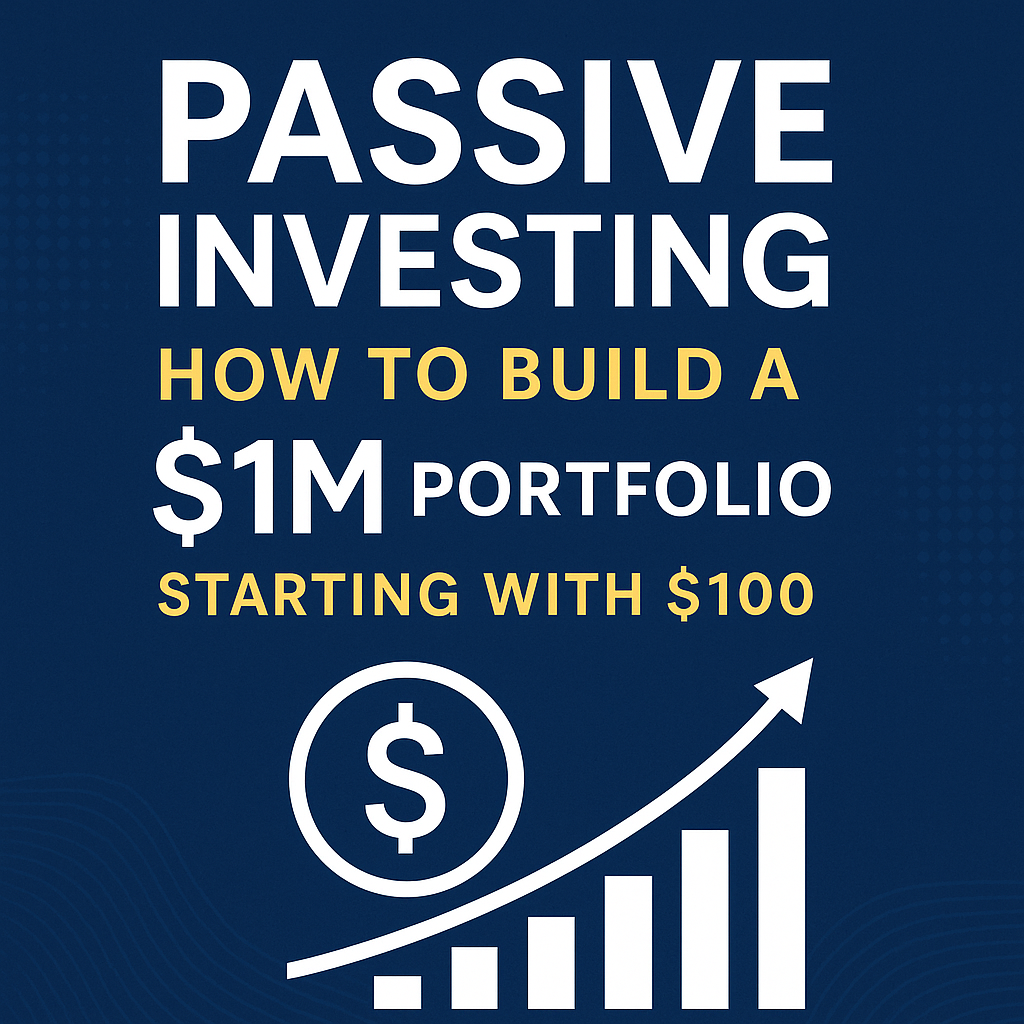Best Credit Cards for Cashback 2025: Top 10 Picks for Smart Spenders

If you’ve ever looked at your monthly statement and thought, “Wow, I spend a lot,” you’re not alone. But here’s the thing what if every dollar you spent gave you a little something back? That’s where cashback credit cards come in.
I’ve spent the last few months comparing more than 25 popular credit cards across the U.S., digging into the fine print, checking real user reviews, and running the numbers. The goal? To find the Best Credit Cards for Cashback in 2025—the ones that actually make your spending smarter, not harder.
So, whether you’re a foodie, traveler, or everyday shopper, here are my top 10 picks for smart spenders this year.
Why Cashback Credit Cards Are a Game-Changer in 2025
In 2025, cashback programs have become even more competitive. Banks are raising rewards, adding flexible redemption options, and competing hard for your wallet.
Unlike travel rewards (which sometimes feel complicated), cashback is simple:
Spend → Earn → Redeem.
You can use your rewards to offset your statement balance, transfer to your bank account, or even reinvest through linked financial apps.
And here’s the best part—cashback doesn’t lose value over time like points sometimes do.
How I Chose These Cards
To keep this fair and data-driven, here’s what I looked at:
- Cashback rate: Actual return percentage across spending categories.
- Annual fee vs benefits: Whether it’s worth paying for.
- Ease of redemption: Simplicity matters.
- Bonus categories: Rotating vs fixed.
- Extra perks: Insurance, travel benefits, welcome bonuses.
- Real-world usability: Merchant acceptance and mobile app quality.
Top 10 Best Credit Cards for Cashback 2025
1. Chase Freedom Unlimited®
If I could describe this card in one word, it’s balanced.
You earn 1.5% cashback on every purchase, plus 3% on dining and 5% on travel through Chase Travel.
- Annual fee: $0
- Welcome bonus: Up to $300 cashback after spending $500 in 3 months
- Best for: Everyday spenders who want flexibility
- Why it stands out: Seamless integration with Chase Ultimate Rewards and strong mobile app
👉 If you already use Chase for banking, this card amplifies your rewards effortlessly.
2. American Express Blue Cash Preferred®
The classic for families and grocery lovers.
- 6% cashback on U.S. supermarkets (up to $6,000/year)
- 3% on transit and streaming services
- 1% on everything else
- Annual fee: $95
- Welcome offer: $250 statement credit after $3,000 in purchases
It’s perfect for households—especially if you cook at home or use a lot of streaming subscriptions.
3. Citi Custom Cash℠ Card
Citi’s approach to “smart personalization.”
You automatically get 5% cashback on your top spending category each billing cycle (up to $500/month).
- Annual fee: $0
- Welcome bonus: $200 after $1,500 spend in 6 months
- Why it’s cool: You don’t need to track categories—it adapts to your habits.
Perfect for people whose spending changes every month.
4. Discover it® Cash Back
Still one of the most consumer-friendly cards out there.
- 5% cashback on rotating categories (groceries, gas, Amazon, etc.)
- 1% on all other purchases
- Annual fee: $0
- Unique perk: Cashback Match™ doubles all your cashback for the first year
If you like surprises and don’t mind keeping up with category changes, this one’s worth it.
5. Wells Fargo Active Cash® Card
Straightforward and powerful.
- 2% unlimited cashback on all purchases
- Annual fee: $0
- Welcome bonus: $200 after $500 spend
If you hate complex rules, this card gives you consistent returns with zero effort.
6. Capital One SavorOne® Rewards
Best for foodies and social spenders.
- 3% cashback on dining, entertainment, and grocery stores
- 1% on everything else
- Annual fee: $0
- Welcome offer: $200 after $500 spend
Great for people who love going out, concerts, or streaming services.
7. Bank of America® Customized Cash Rewards
Flexibility meets simplicity.
- 3% cashback in one category of your choice (gas, online shopping, dining, etc.)
- 2% at grocery stores and wholesale clubs
- 1% on everything else
- Annual fee: $0
You can change your 3% category every month—great for planners who love control.
8. PayPal Cashback Mastercard®
Digital-native favorite.
- 2% cashback on every purchase—no categories, no limits
- Annual fee: $0
- Integration: Instant redemption to your PayPal balance
Perfect for freelancers, online shoppers, or digital nomads who live in PayPal’s ecosystem.
9. U.S. Bank Cash+® Visa Signature
Customizable rewards that suit your lifestyle.
- 5% cashback on two categories of your choice (up to $2,000/quarter)
- 2% on your choice of one everyday category
- 1% on everything else
It’s great for people who plan their spending carefully and want control.
10. Amazon Prime Rewards Visa Signature
If you shop on Amazon or Whole Foods, this is unbeatable.
- 5% cashback on Amazon & Whole Foods purchases (with Prime)
- 2% at restaurants, gas stations, and drugstores
- 1% on all other purchases
- Annual fee: $0 (Prime membership required)
This one’s a no-brainer if you’re already paying for Prime.
How to Choose the Right Cashback Card
Choosing the right card depends on your lifestyle, not the headline reward rate. Here’s a simple way to think about it:
- Big spender on groceries & family bills: Go for Amex Blue Cash Preferred
- Love variety & automation: Citi Custom Cash
- Hate complexity: Wells Fargo Active Cash
- Dining & entertainment lover: Capital One SavorOne
- Online shopper / digital user: PayPal Cashback Mastercard
Pro tip: Sometimes, combining two cards gives you the best mix of fixed + category bonuses.
How Cashback Rewards Actually Work
Cashback cards earn a small percentage of your purchase amount back.
Example: If you spend $1,000 at 2% cashback → you earn $20.
Behind the scenes, credit card companies share a slice of the interchange fee they earn from merchants back to you. It’s basically profit-sharing—but only if you pay off your balance on time.
👉 Always pay in full each month. Carrying a balance cancels out your cashback advantage through interest charges.
Maximizing Your Cashback Potential
To really make cashback work for you:
- Know your categories — focus your spending where rewards are highest.
- Stack rewards — combine card cashback with store cashback apps (Rakuten, Dosh).
- Watch for rotating bonuses — Discover & Chase often announce quarterly offers.
- Automate your redemptions — set monthly auto-redemption to your bank account.
Common Mistakes to Avoid
- Ignoring annual fees: Always calculate if the bonus outweighs it.
- Using multiple cards without a plan: You might forget to optimize categories.
- Paying interest: If you carry balances, cashback doesn’t matter.
- Redeeming for gift cards with poor value: Stick to statement credits or direct deposits.
Frequently Asked Questions (FAQ)
Q1. What is the best cashback credit card overall in 2025?
For most users, the Chase Freedom Unlimited® offers the best overall value with its balanced cashback structure and no annual fee.
Q2. Are cashback cards better than travel cards?
If you prefer simplicity and flexibility, yes. Cashback cards give you real money, not points that may devalue.
Q3. How many cashback cards should I have?
Two is ideal: one for general spending, one for bonus categories.
Q4. Does cashback expire?
Usually no—but some issuers require you to keep your account active.
Q5. Can cashback improve my credit score?
Indirectly, yes. On-time payments and low utilization will boost your credit health.
Final Thoughts: Smart Spending, Real Rewards
At the end of the day, cashback cards are about turning everyday spending into real value.
The best part? You don’t need to be a financial expert to benefit—just choose wisely and stay consistent.
Personally, I keep two: Chase Freedom Unlimited® for all-around use and Amex Blue Cash Preferred® for groceries. That combo nets me over $600 in cashback every year—just for spending on things I’d buy anyway.
In 2025, banks are fighting harder than ever for your swipe. So, play it smart. Let them compete for you, not the other way around.
💬 Disclaimer:
This article is for general informational purposes only and reflects personal opinions and analysis. It should not be taken as professional financial advice. Always review terms and conditions before applying for any financial product.





